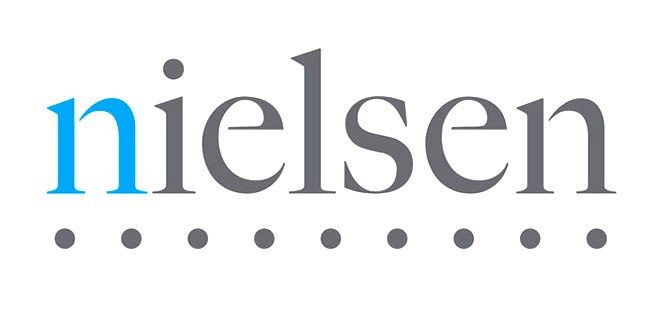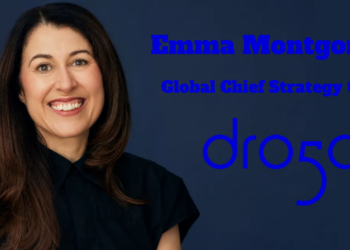Consumer confidence in Southeast Asia has hit a seven-year high, according to new data from research company Nielsen.
The sub-region – which includes Indonesia, Malaysia, Philippines, Singapore, Thailand and Vietnam – saw a two-point increase in Nielsen’s Q1 2015 Consumer Confidence Index compared to the previous quarter – and 17 points above the global consumer confidence index.
The consumer confidence level for Southeast Asia is the highest since Nielsen’s index was introduced in 2008, with more people in the region bolstered by improving job prospects and the state of their personal finances.
The most marked result came in Malaysia, which rebounded by five points following a dramatic drop in confidence for the first quarter of the year, when levels reached their lowest point since the global financial crisis at the time a goods and services tax was introduced.
However, Malaysia remains Southeast Asia’s gloomiest country; it is the only nation in the sub-region where beliefs in job prospects and personal financial outlook are below the global average.
Indonesia is Southeast Asia’s most confident consumer market, with one of the world’s highest consumer confidence scores.
The Philippines was the only country in the survey to see a decline in confidence this quarter, falling by the same margin as Malaysia rose. Confidence in Thailand and Vietnam also lifted.
“The typical consumer in Southeast Asia is demonstrating a level of confidence that far outstrips their global counterparts,” commented Kaushal Upadhyay, Nielsen’s executive director of client service in Southeast Asia, North Asia and Pacific.
“This sentiment is underpinned by a positive outlook for job prospects, which have shown an improving trend in every market except Thailand. Consumers are also feeling positive about their personal finances, and by extension disposable income, which is helping to drive overall sentiment and highlights potential increases in consumer spending.”
Placing money into savings was the most marked of Southeast Asian consumers’ spending intentions followed by going on holiday. The survey was based on responses from 30,000 online consumers in 60 countries.

















